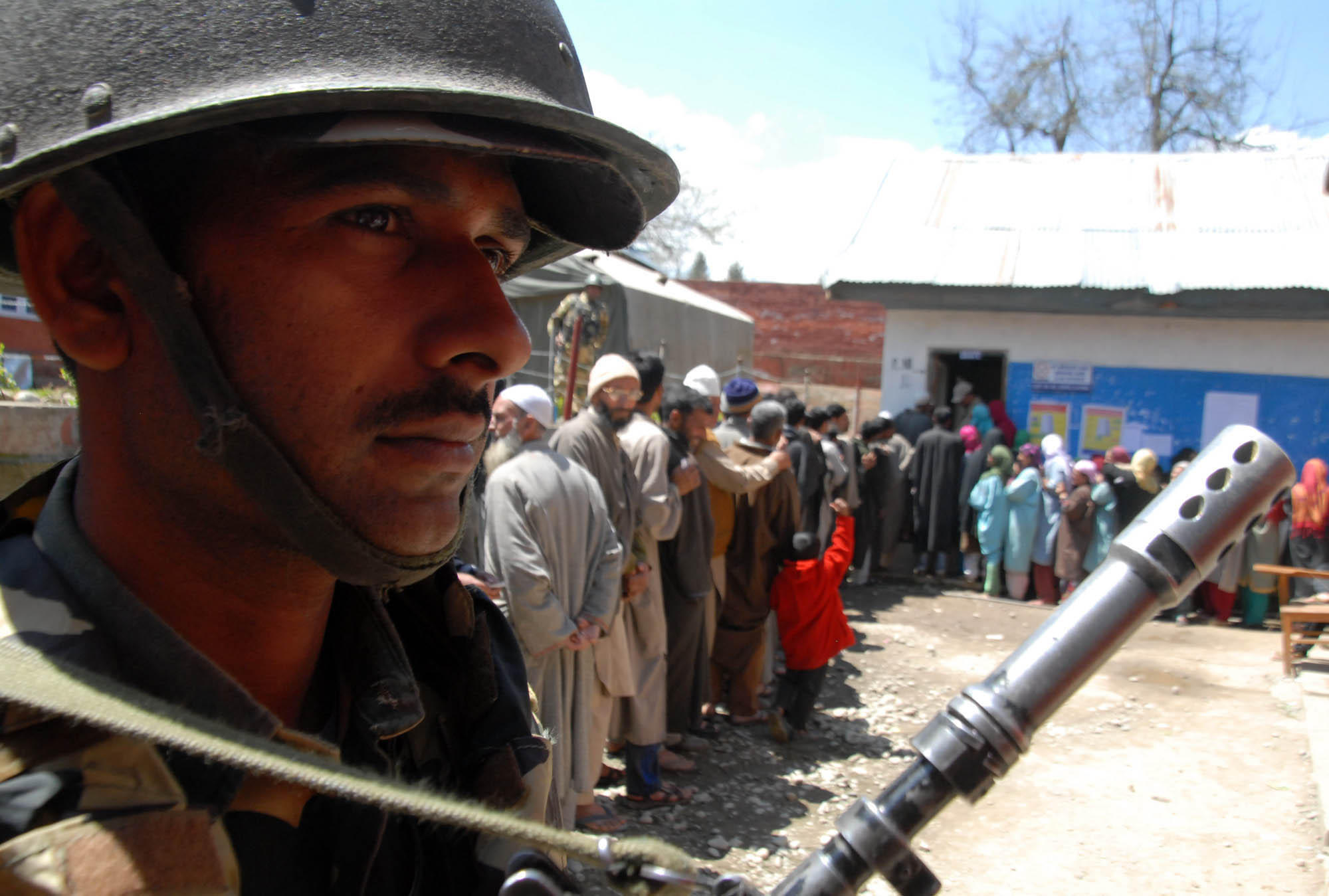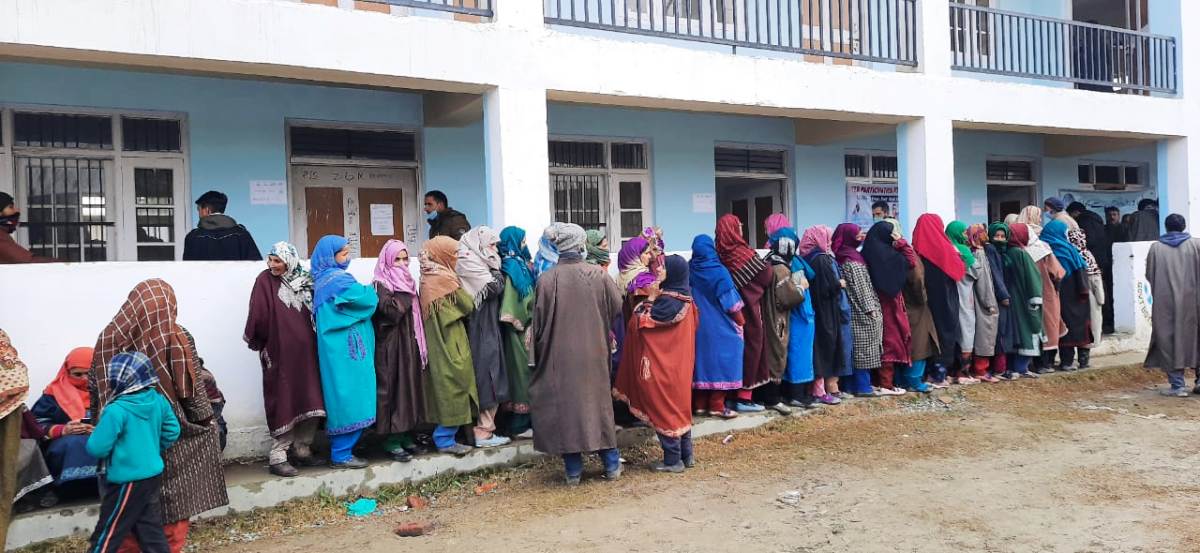SRINAGAR: Kashmiri saffron, renowned worldwide, has earned Jammu and Kashmir the status of the second largest saffron producer.

Aiming to amplify saffron production, the state government is unveiling a fresh export policy, The Wion reported. As per the report, approximately 60 nations with a substantial appetite for Kashmiri saffron have been pinpointed by the government.
Saffron, often referred to as “red gold,” stands as one of the planet’s most precious spices. Presently, its cultivation encompasses a mere 4,000 hectares. Experts affirm that Kashmiri saffron boasts superior quality. Bolstered by the innovative export policy, it holds the potential to outshine its Iranian counterpart.
Anticipating implementation within two months, the Department of Agriculture foresees substantial benefits for the valley’s saffron cultivators from the new export policy.
“The global fame of saffron from the Kashmir Valley rests upon several factors, primarily its exceptional quality rooted in favorable climatic conditions. While augmenting production remains a priority, our attention is equally dedicated to the export strategy. Noteworthy buyers of Kashmiri saffron include Dubai, the United States, and Israel,” revealed Chowdhary Mohammad Iqbal, Director of the Department of Agriculture in Kashmir, while speaking to The Wion.
Saffron finds application in cosmetics, cuisine, medicine, and ceremonial practices. The Geographical Indication (GI) tag, signifying its exclusivity in international markets, has propelled Kashmiri saffron prices significantly. Formerly valued at 60,000 rupees, it now commands approximately Rs 2,50,000.
Over the past decade, saffron cultivation acreage has dwindled from 5,000 hectares to 4,000, with about 90 percent stemming from Pulwama district’s Pampore region. Through the fresh export policy, alternative districts amenable to saffron cultivation have been identified by the government.
“While the data underscores a contraction in saffron cultivation area, our strategy involves measured expansion into new regions. Safeguarding this heritage crop while optimizing cultivation space in the most suitable climatic conditions remains our aim,” said Iqbal.















